DIAMOND CUT GUIDE
Exploring the crucial factors that determine a diamond's sparkle, from proportions to grading standards. Learn how cut quality influences a diamond's beauty and value.
What is Diamond Cut?
Diamond cut, one of the 4 C's determining diamond quality, refers to how well a diamond's facets interact with light. Often confused with shape (the external outline), cut actually determines a diamond's ability to transmit light and sparkle. Precise craftsmanship is crucial to achieve proportions, symmetry, and polish that maximize light return. A well-cut diamond will display superior sparkle and brilliance.
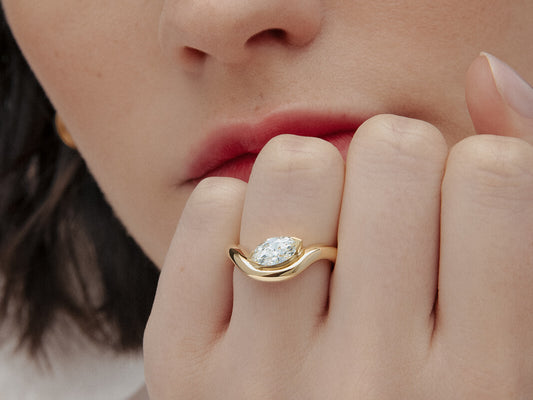
Why is Cut Important?
Cut is crucial when selecting a diamond as it directly impacts sparkle. A well-cut diamond delivers the classic, unmistakable light show expected from a diamond, while a poorly cut one appears duller. Understanding cut and its grading is essential, as it significantly affects a diamond's appearance and light emission.
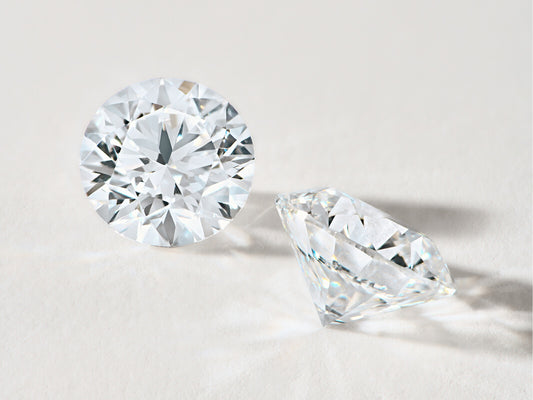
How is Diamond Cut Graded?
Most modern white diamonds come with a Gemological Institute of America (GIA) certificate. While the GIA is highly respected, their cut grading system has limitations. Notably, they only provide cut grades for round diamonds, using a scale from Excellent to Poor, with separate grades for polish and symmetry. It's important to understand that polish and symmetry grades don't fully represent overall cut quality.
To get a comprehensive view of a diamond's cut, it's advisable to look beyond the GIA grade. Tools like Idealscope and ASET (Angular Spectrum Evaluation Tool) images provide valuable insights into a diamond's light performance, measuring brightness and contrast. These can offer a more complete picture of a diamond's overall beauty.
Other grading systems, such as that of the American Gem Society (AGS), incorporate ASET analysis into their cut grades. However, as the AGS Grading Laboratory has recently closed and their grading certificates are less common, buyers often need to seek additional cut analysis. Various software tools can analyse cut quality using ASET, Idealscope, and other advanced imaging techniques.
Recently, GIA acquired AGS, allowing customers to request an AGS cut grade for GIA-certified diamonds for an additional fee. This option provides access to a more comprehensive cut analysis for those seeking detailed information.
THE CUSHLA WHITING DIFFERENCE
Our Gemologist Hamish Whiting, is extremely particular about diamond cut, buying within very tight parameters for total depth percentage and crown/pavilion angles.
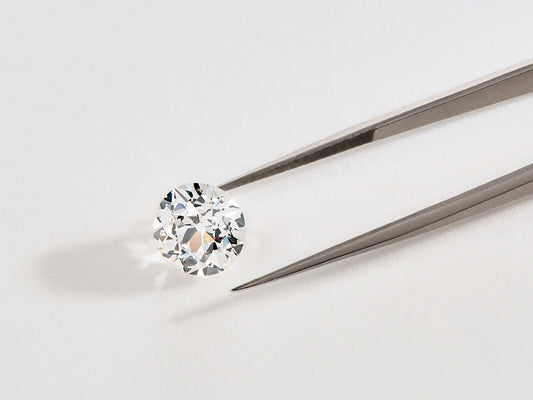
Cut Characteristics
To better understand the cut grade of a diamond, it is important to familiarise yourself with the following characteristics that, when assessed together, establish a superior cut quality.

Polish
Polish refers to the diamond's external surface condition after polishing. It's graded from Excellent to Poor on certificates. The difference between "very good" and "excellent" polish is only visible under a microscope.
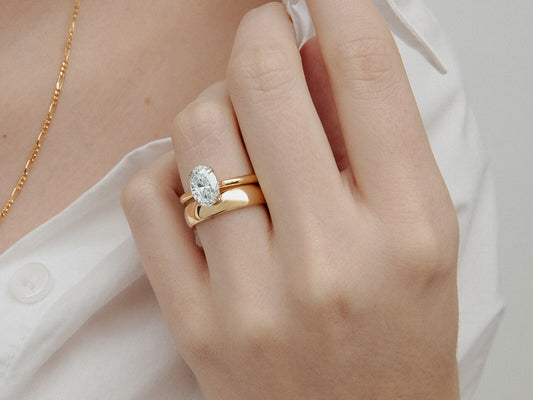
Symmetry
Symmetry relates to the exactness of a diamond's shape and facet arrangement. It includes proportion-related (external) and facet-related (internal) aspects. Graded from Excellent to Poor, the difference between "very good" and "excellent" is only detectable microscopically.
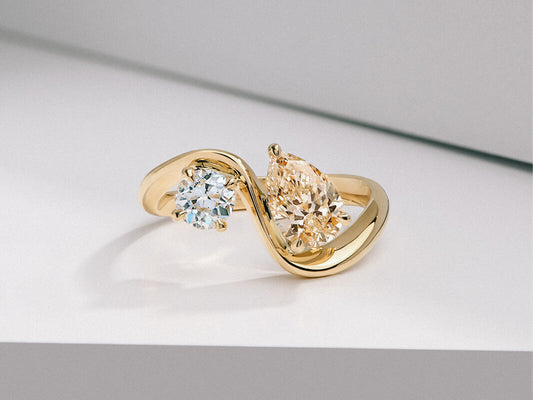
Proportion
A diamond's proportions are determined by the relationship between crown and pavilion angles and other main facet measurements. Proportions significantly influence a diamond's sparkle and face-up appearance.
Light performance, including brilliance (white light return), fire (dispersion of light into colors), and scintillation (flashes of light and dark), plays a critical role in a diamond's beauty. A GIA Excellent cut grade indicates good potential for light performance, but it doesn't measure it directly. Tools like the ASET (Angular Spectrum Evaluation Tool) and Idealscope can provide more detailed insights into a diamond's light performance.

Brilliance
Brilliance, sometimes referred to as brightness, is the internal and external white light that refracts and reflects from a diamond. Each time light enters a diamond, its internal facets send it off in different directions, depending on the angle and tilt of the facets. Masterfully cut diamonds demonstrate superb brilliance because they bounce light off multiple facet surfaces within the stone and a diamond with good proportions, i.e. crown/pavilion angle relationship, allows more refraction of light that enters the diamond to refract out.
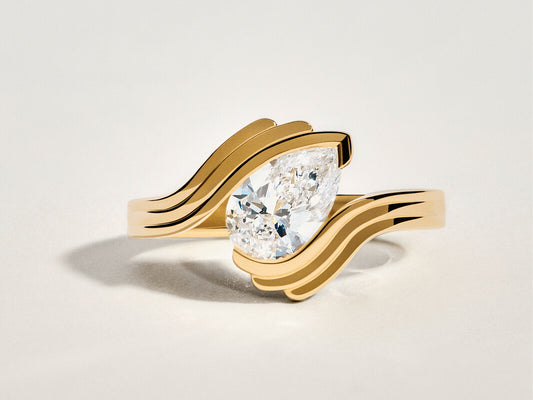
Fire
Fire is the scattering of white light into the colors of the rainbow. Diamonds are excellent at scattering light and displaying it as a full spectrum of colors that glint sparks of red, orange, yellow, green, or blue.
Diamonds must have good proportions for light to disperse in this manner. Imprecise, poorer cuts do not refract or scatter light as efficiently; instead, they allow the white light to escape before it can disperse a rainbow of sparkles. Flat stones have less fire and stones with higher or steeper crown heights have more fire as it gives an angle for white light that is coming out of the crown to disperse into those spectral colors. Typically high crown small table old cuts will have the most fire.
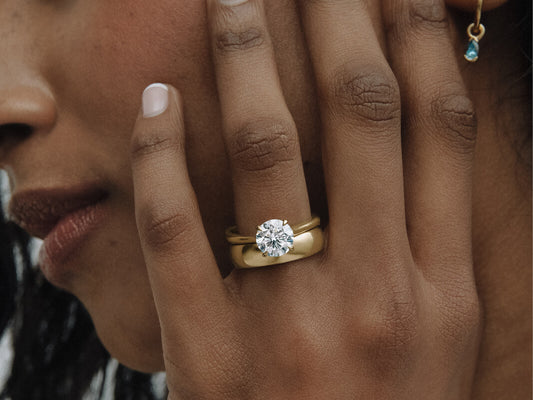
Scintillation
Scintillation refers to the sparkle a diamond emits as you move it in the light: When light reflects off each facet we see little reflections like when light reflects off the ocean. Generally speaking a larger number of small facets will have lots of little sparkles while fewer larger facets will have broader flashes of sparkle.
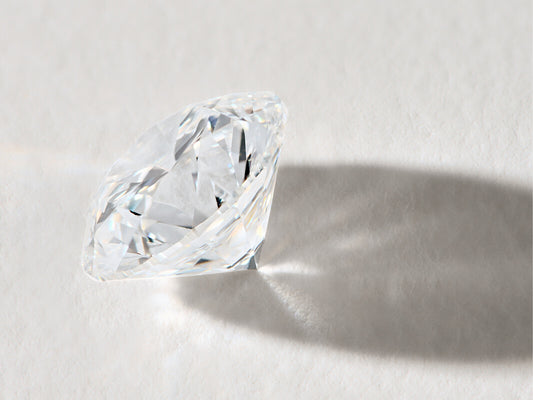
SPREAD
This is incredibly important and frequently overlooked. Each cut style has an ideal depth range; diamonds cut shallower or deeper than that range will suffer from lack of brightness, dark areas or see through areas. It's also important to note most fancy cut diamonds are not cut to this ideal depth range as the cutters will get a higher carat weight and value by leaving extra weight on the diamond.For example they might cut a 1ct in carat weight but only have the spread of a .90 carat diamond. This would make the 1ct stone higher in price than an ideally cut .90ct of the same shape but it would be less beautiful than the well cut smaller stone.
Cut Grades
Now that you understand the characteristics considered when a professional determines a cut grade let's explore the CUSHLA WHITING scale to help you pick the perfect diamond.
Excellent/Ideal
Ideal cut diamonds have top-grade proportion, polish, and symmetry based on ASET or AGS cut grading systems. These highest-quality stones offer exceptional sparkle.
Very Good
A Very Good cut diamond's proportions are just outside of the ideal range, and polish and symmetry can range from the highest grades to more moderate levels. These diamonds can present an incredible sparkle at a more accessible price point.
Good
A Good cut diamond's proportions will be only slightly imperfect, allowing for plenty of light to reflect light. However, good-cut diamonds will not be as bright as higher-cut grades, as flawed ratios will leave more dark spaces in the stone, causing it to look duller. Depending on the balance of the other 4 C's, good-cut diamonds will generally feature a more accessible price point.
Fair
A Fair cut diamond has little light refraction compared to diamonds with higher cut grades. This is caused by gray areas surrounding the crown or areas of darkness or dullness within the table, girdle, or both. While Fair cut diamonds will be more accessible from a price point perspective, their lack of sparkle deters many customers from selecting them.
Poor
Poor cut diamonds are generally not recommended as light spills from their pavilion, culet, or both. They will show a marked reduction in fire and scintillation from those with higher cut grades, as the dark areas are prominent and distracting. Please note that CUSHLA WHITING does not carry Poor-cut diamonds.
Fancy Cut Diamonds
The GIA does not provide a cut grade report for fancy cut diamonds, meaning that there is no incentive for diamond cutters to cut to ideal proportions. This means that many fancy cut diamonds are cut to maximise profit by leaving excess carat weight on them. This is why at CUSHLA WHITING we use ASET (the Angular Spectrum Evaluation Tool) to scientifically examine the light return and optical symmetry of the diamond.
THE CUSHLA WHITING DIFFERENCE
Our Gemologist Hamish Whiting buys all of our GIA Excellent cut round diamonds using a much stricter/narrower range of angles, to ensure that they sit at the very top of the GIA Excellent cut grade.
Different Types Of Diamond Cuts
DIAMOND CUT FAQ
Diamond cut and diamond shape are not the same thing. Diamond shape refers to the external outline of a diamond (round, oval, or marquise, for example). Diamond cut refers to the precision and artistry used to craft a diamond's internal faceting and, therefore, brilliance and sparkle. While both shape and cut are critical factors to consider when picking the perfect diamond, we suggest first deciding on the shape and then using ASET to find a beautifully proportioned one with lots of brightness and optical symmetry.
In our opinion having a beautifully cut diamond is an imperative step in selecting a diamond. Relying on the other 3 C’s or the triple excellent cut grade for round diamonds is not enough to ensure this.
A diamond with a high ASET cut grade will sparkle the most between the different diamond cuts, a round brilliant diamond when perfectly cut will sparkle the most out of all shape/cut combinations.
As diamond is the hardest naturally occurring mineral on Earth, a laser or saw coated in diamond dust must be used to cut it.